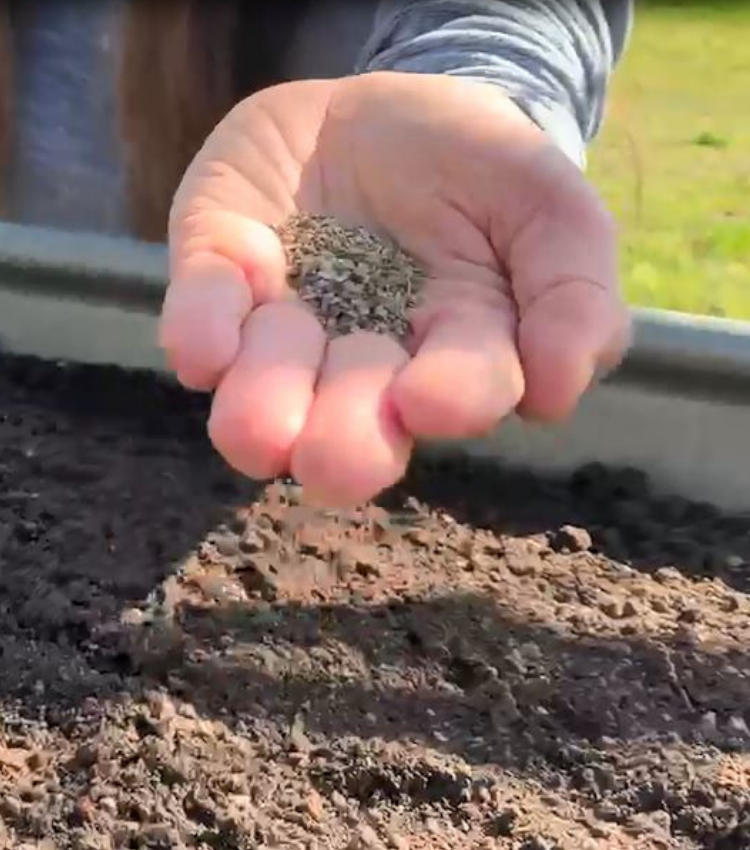2. Incorporate compost to compacted soil to increase air, water and nutrients for plants
Most soils are made of a mix of sand, silt, clay—particles that are determined by their size. Sandy soil is made up of relatively large soil particles. Clay soil is made up of relatively small particles. And silt falls somewhere in between. There are generally 10 or more textural classes of soil that include sandy clay, silty clay, and loam, which is a balance of fine clay, medium-size silt, and coarse sand.
Clay soil, made of very small particles, is held together tightly. As a result, there’s much less air space in the ground for plant roots than what you find in sandy soil. This dense soil structure doesn’t usually drain very well. By incorporating organic matter, you’ll push apart those tiny clay particles and create more air space for water to drain more freely and plant roots to grow more readily. Conversely, organic matter helps sandy soils by acting like a sponge, allowing the soil to hold moisture during times of drought, and making nutrients available for a longer period before they leach out of the soil.








